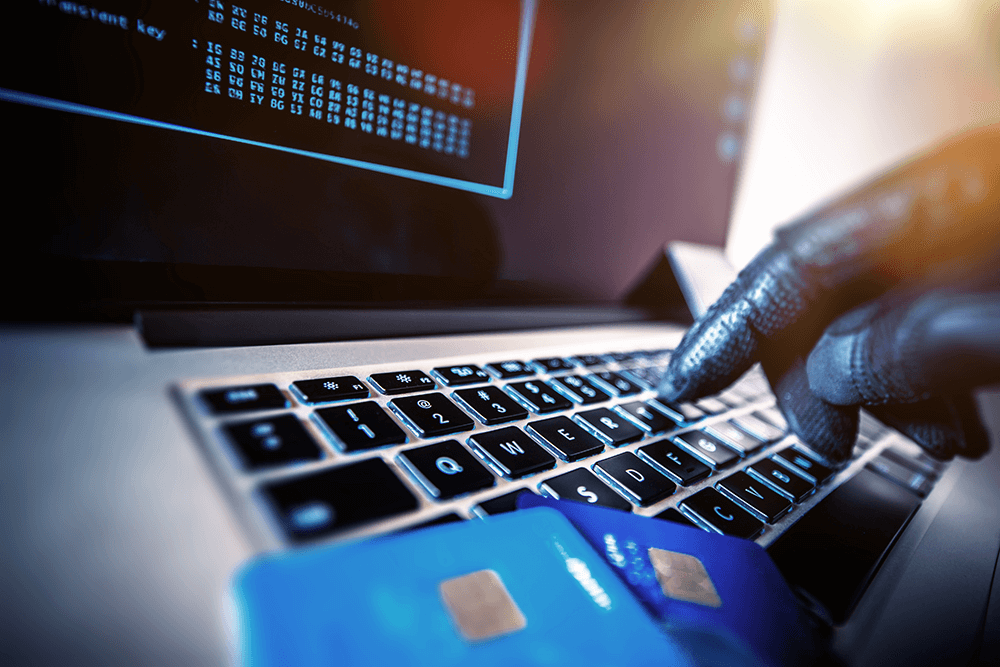In today’s digitally interconnected world, safeguarding your financial information is paramount. With the rise of cybercrime, identity theft has become an ever-looming threat, potentially wreaking havoc on your finances and personal life. However, armed with knowledge and proactive measures, you can significantly reduce the risk of falling victim to identity theft. In this blog post, we’ll delve into effective strategies for protecting your financial information and preserving your digital identity.
Understanding Identity Theft
Identity theft occurs when someone wrongfully obtains and uses your personal information, such as your name, Social Security number, credit card details, or other identifying data, for fraudulent purposes. This stolen information can be used to make unauthorized purchases, open new accounts, or even commit crimes in your name, causing substantial financial and emotional distress.
The Importance of Vigilance
In an age where much of our personal and financial information is stored online, being vigilant is crucial. Here are some proactive steps you can take to safeguard your financial information:
- Monitor Your Accounts Regularly: Keep a close eye on your bank statements, credit card transactions, and credit reports. Promptly report any suspicious activity to your financial institution.
- Use Strong, Unique Passwords: Avoid using easily guessable passwords and consider using a password manager to generate and store complex passwords for different accounts.
- Beware of Phishing Attempts: Exercise caution when clicking on links or downloading attachments from unsolicited emails, as they may be phishing attempts aiming to steal your personal information.
- Secure Your Devices: Keep your computer, smartphone, and other devices updated with the latest security patches and use reputable antivirus software to protect against malware and viruses.
- Be Mindful of Public Wi-Fi: Avoid accessing sensitive information when connected to public Wi-Fi networks, as they may be insecure and prone to interception by cybercriminals.
Leveraging Technology for Protection
Fortunately, advancements in technology have also provided us with tools to bolster our defences against identity theft:
- Credit Monitoring Services: Consider enrolling in a credit monitoring service that alerts you to any changes or suspicious activity on your credit report, allowing you to take immediate action.
- Identity Theft Protection Services: Some companies offer comprehensive identity theft protection services, which may include credit monitoring, identity restoration assistance, and insurance coverage for financial losses incurred due to identity theft.
- Two-Factor Authentication (2FA): Enable 2FA wherever possible to add an extra layer of security to your online accounts, requiring a second form of verification, such as a code sent to your phone, in addition to your password.
Educating Yourself and Others
Lastly, spreading awareness about identity theft and sharing best practices with friends, family, and colleagues can contribute to a safer online environment for everyone. By staying informed and proactive, we can collectively mitigate the risk of falling victim to identity theft and protect our financial well-being.
In conclusion, safeguarding your financial information requires a combination of vigilance, technology, and education. By adopting proactive measures, leveraging available resources, and staying informed about emerging threats, you can minimize the likelihood of becoming a victim of identity theft and preserve your digital identity in today’s interconnected world.

